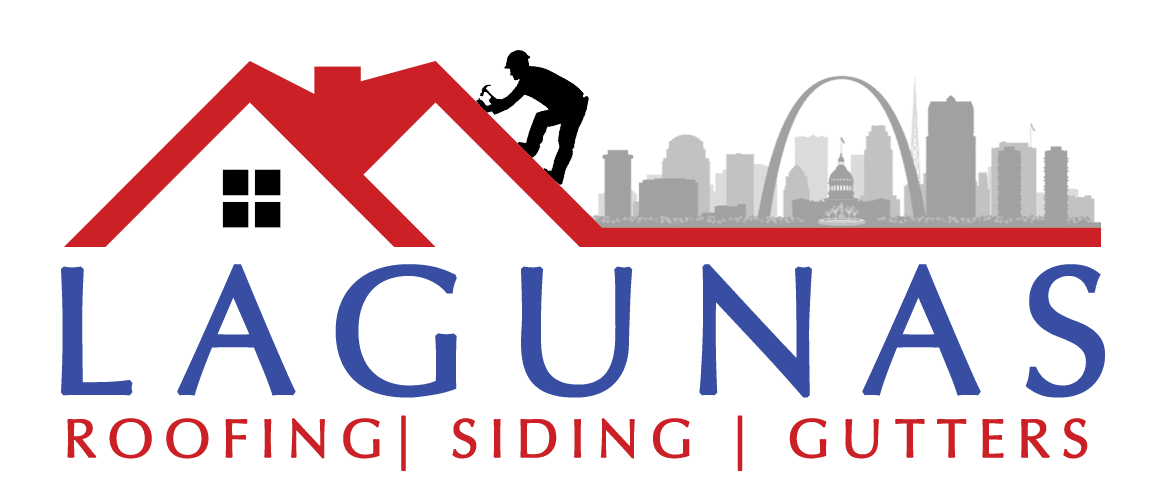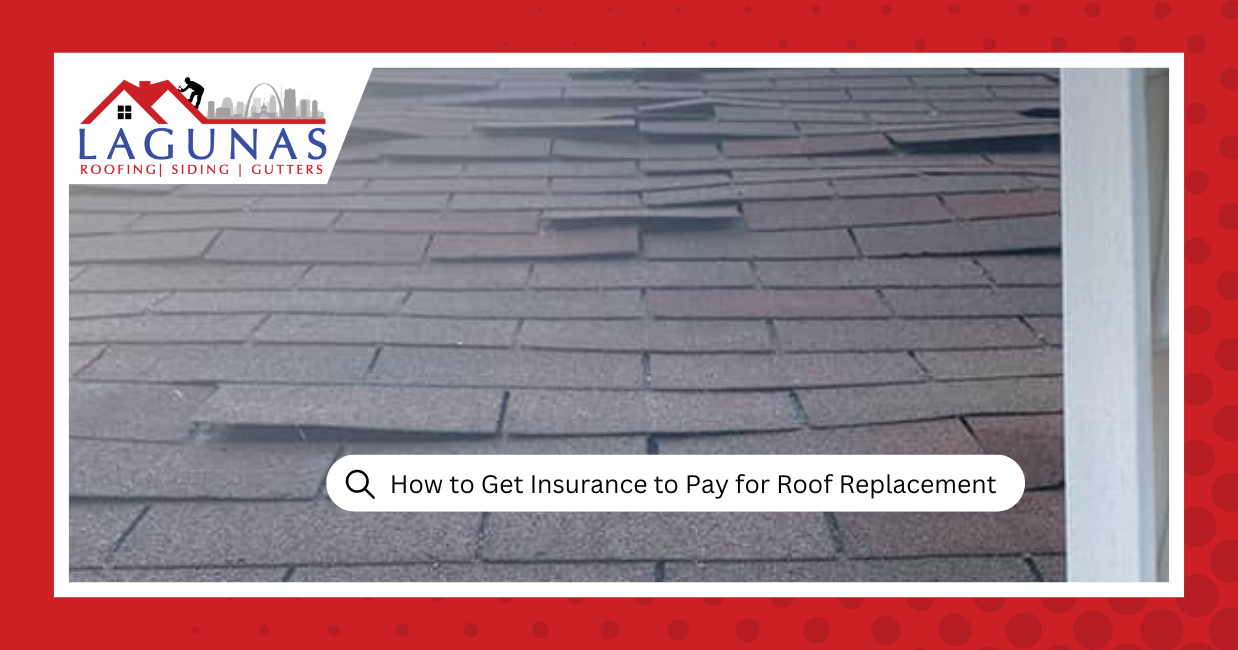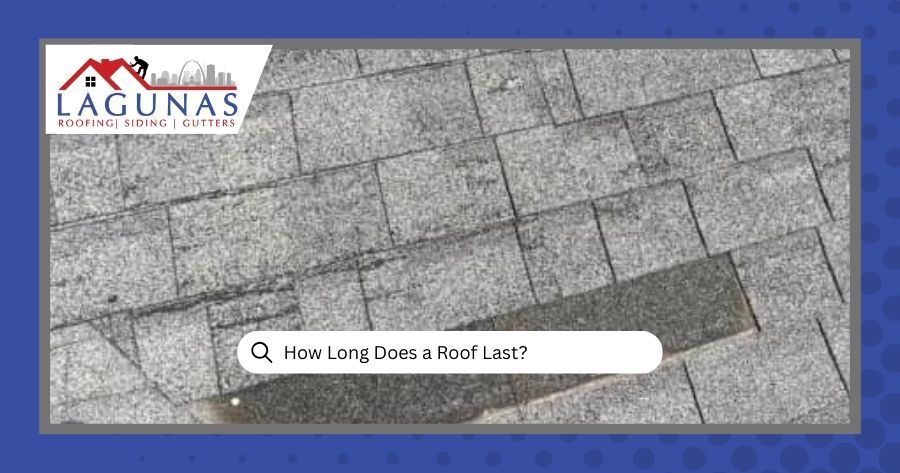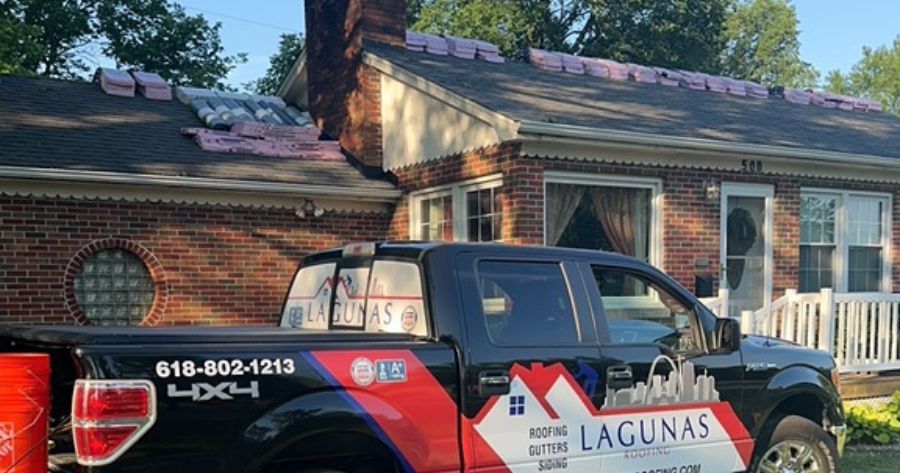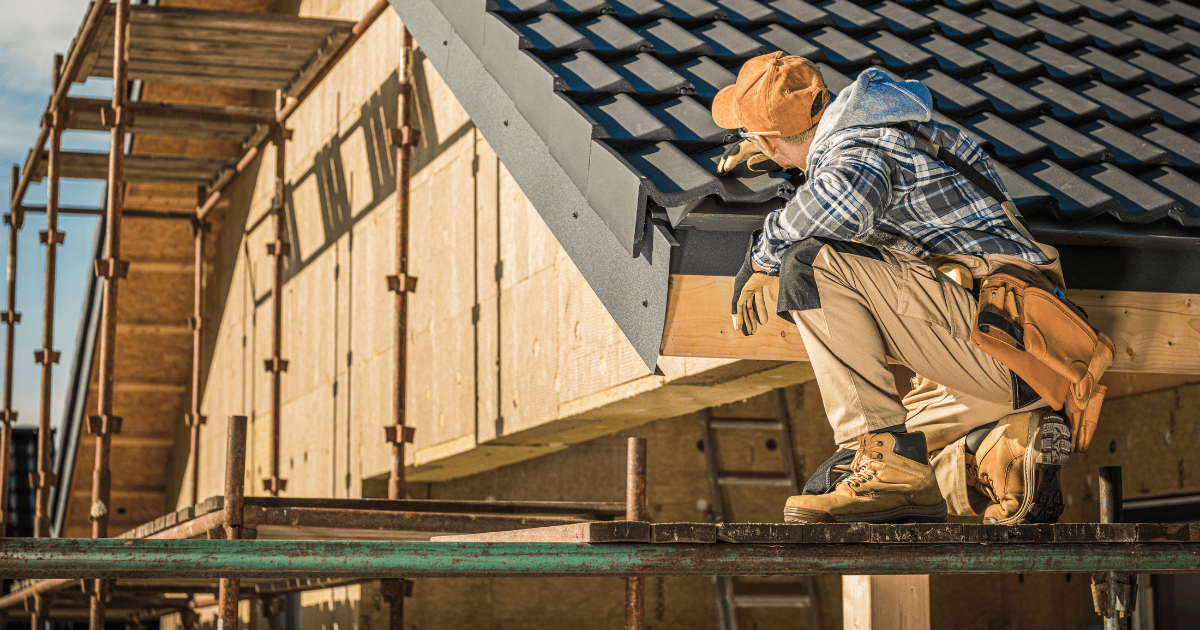
Spring Roof Inspection Checklist: What to Look for After Winter
Inspecting your roof should be an important part of your regular home maintenance regime.
Keeping your roof well-maintained is important for several reasons. The first is protection. Your roof is your home’s first line of defense against the elements. It protects your home and your belongings from rain, wind, snow and other weather conditions.
Your roof also plays an important role in your home's energy efficiency, helping to keep heat in during the winter and out during the summer.
If your roof is not well-maintained, it can become vulnerable to leaks, water damage and even collapse. In turn, this can lead to potentially dangerous situations, expensive repairs and even the need for a roof replacement. Regular maintenance and repairs can therefore help extend the lifespan of your roof.
A well-maintained roof can enhance the curb appeal of your home, too. If you ever decide to sell up, a damaged, dirty, or outdated roof can detract from your home's overall appearance and make it less attractive to potential buyers.
The end of winter: the perfect time for a roof inspection
Inspecting your roof at the end of winter makes sense for many reasons. The main one is that the winter weather can cause damage to your roof, especially if it’s old.
The winter months can be harsh on your roof, with snow, ice and freezing temperatures potentially causing damage.
Inspecting your roof before spring can therefore help you identify any damage that may have occurred during the winter, so you can get it repaired before any further damage is done.
Spring in Illinois can be very wet. So preparing your roof for heavy rain and storms can help to prevent costly damage in the future.
Your spring roof inspection checklist
Inspecting your roof after winter can help you identify any potential problems and sources of leaks. Here's a checklist for your spring roof inspection:
- Identify any missing or damaged shingles or tiles. Look for any signs of damaged or missing shingles or tiles. These can be a potential source of leaks and should be repaired or replaced as soon as possible.
- Check for damage to the flashing. Flashing is the material used to seal joints and edges on a roof around chimneys, vents, and other roof penetrations. Look for any signs of damage or corrosion, which can also be a potential source of leaks.
- Check for any sagging or uneven areas. If the roof appears to be sagging or uneven in any areas, it may be a sign of structural damage and should be inspected by a professional.
- Clear the gutters. Inspect the gutters and downspouts for any debris, such as leaves, twigs or branches that may have become lodged there during the winter. This debris can clog the gutters and prevent proper drainage, leading to water running down your sidings, searching for cracks, and pooling around your foundation.
- Inspect the chimney. Check your chimney for any damage, such as cracks or missing bricks, and ensure that the flashing around the chimney is intact. Damaged chimneys can also be a potential source of leaks.
- Look for signs of moisture. Water stains or moss and algae growth can also indicate potential leaks and should be addressed immediately.
- Check your attic for mold. Inspect the attic for any signs of water damage, such as mold, mildew or other stains on the ceiling or walls. This can be a sign of a leak in the roof that needs to be repaired.
- Ensure proper ventilation in your attic. Ensure that the attic is properly ventilated to prevent moisture buildup and promote energy efficiency.
- Consider hiring a roofing professional. If you’re unsure about how to inspect your roof, or if you notice any significant damage, consider hiring a professional roofing contractor to conduct a thorough inspection.
By following this spring roof inspection checklist, you can help ensure that your roof is in good condition after winter and identify any potential problems that may need to be addressed.
Overall, keeping your roof well-maintained is important for protecting your home and belongings, improving energy efficiency, enhancing aesthetics, and extending the lifespan of your roof.
Regular inspections, repairs, and cleaning can help you avoid costly problems and ensure that your roof continues to do its job effectively for years to come.
Lagunas Roofing, your local experts in Madison & St Clair County IL
If, having carried out your spring roof inspection, you’re worried about damage to your roof, don’t hesitate to call Lagunas Roofing on (618) 802-1213.
Lagunas Roofing is a full-service roof repair, roof replacement, siding and gutter repair service, catering to the needs of customers throughout the Metro St. Louis area: Fairview Heights, O'Fallon, Maryville, Troy, Edwardsville, Glen Carbon and Collinsville.
You can call to speak with a friendly representative, and we will gladly provide you with more information over the phone. We also have a simple online form that you can submit to request a free quote.
